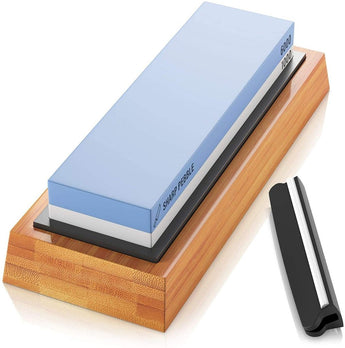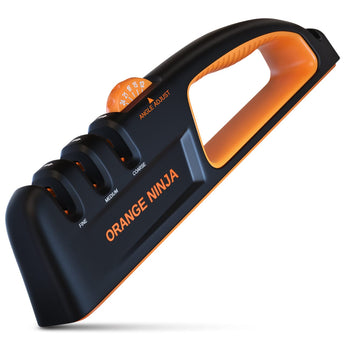
As rewarding as it is, being a parent also has its fair share of challenges, especially when your kid’s curiosity makes him poke around every nook and cranny of the house. Eventually, they will turn their attention to knives (or other sharp objects).
Of course, you can always yank away the knives from them; however, the best way to keep them safe is to teach them how to remain safe around such objects. Today, we’ll share with you some basics of what you can do to teach your kids about knife safety.
Knife Safety Key Points (SASS)
-
Stop – make sure no one else is within arm’s reach
-
Away – always cut away from your finger or other body parts
-
Sharp – a sharp, clean knife is a safe knife
-
Store – knives closed, in a sheath or knife block



